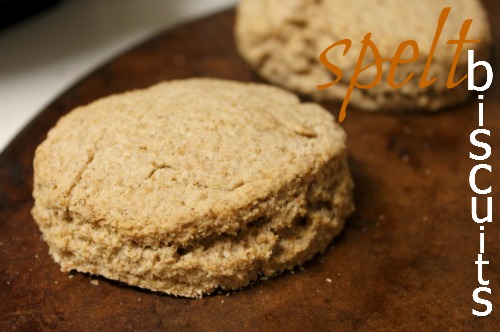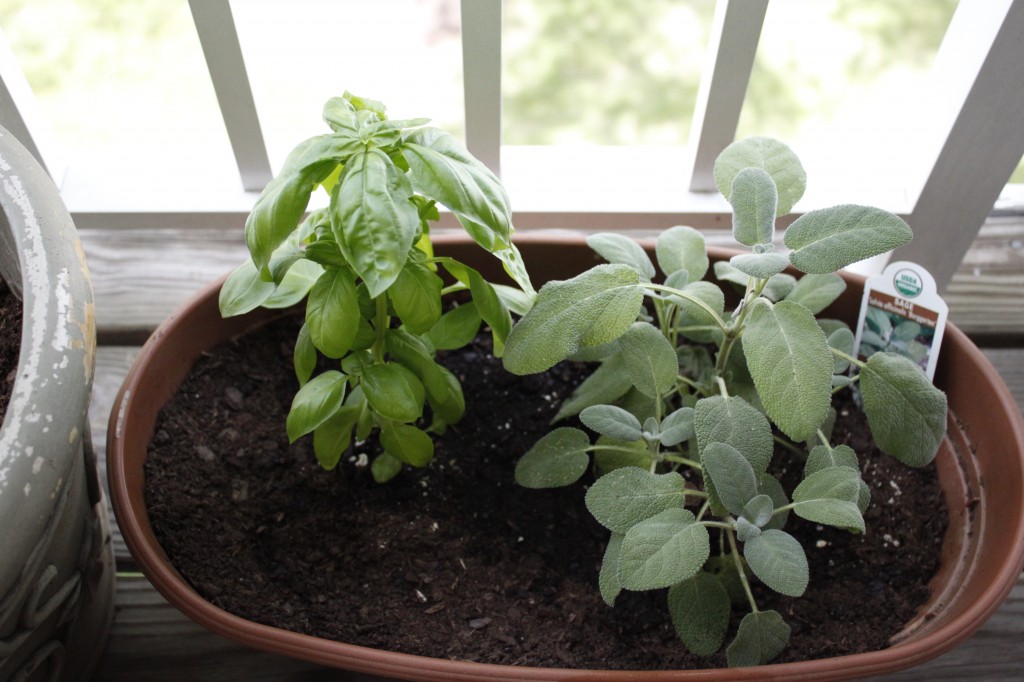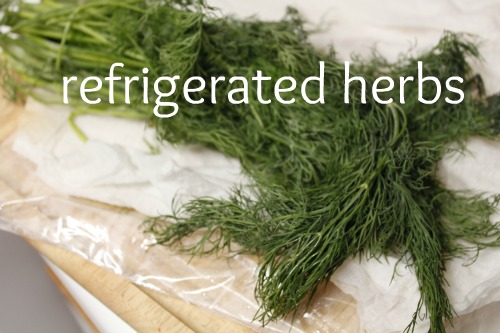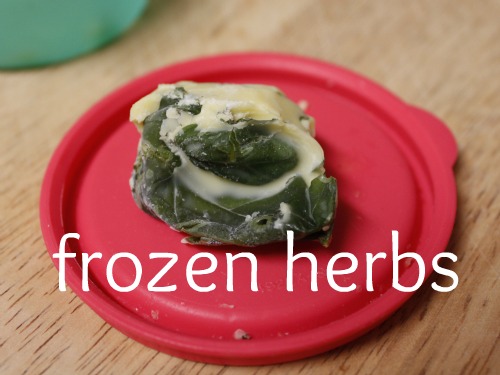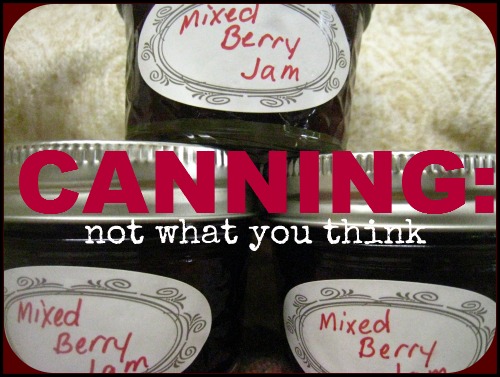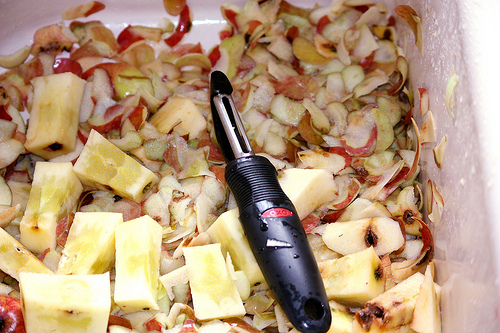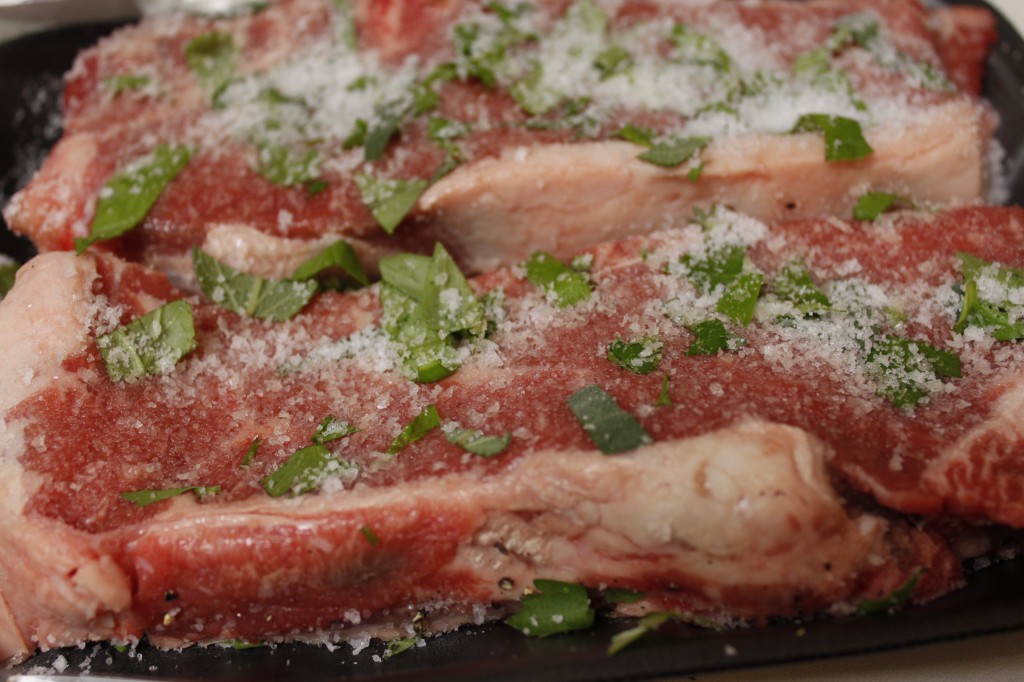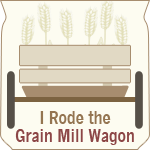I’ve talked about Grandma’s biscuits here on the blog before, but today I want to share with you my latest favorite version. This time, I experimented with freshly ground spelt flour instead of the usual whole wheat flour. Dee.Lish.Us. Ya gotta try it.
Now, I know that spelt is a little harder to find than plain old whole wheat or wheat berries, and it’s a little more expensive. But if you have sensitivities or allergies to wheat, spelt can be a great substitute. It’s similar to wheat (kind of like wheat’s cousin), so it behaves a lot like wheat when baking, and it tastes very much like wheat. It’s got just a bit of a more nutty flavor, but unlike other wheat-free flours (like buckwheat, for example), it’s a pleasant improvement in the taste, not a detraction.
For a long time, I avoided baking with spelt because I didn’t want to spend the extra money merely as a replacement for wheat which my DH, myself, and Baby Boy can all eat just fine. And I was nervous about using it to replace wheat for My Certain Little Someone, whose allergies are quite intense and cause him to react to foods with similar proteins (like goat milk and cow’s milk, for example, or wheat and rye). Now that he’s almost 4 years old and has outgrown some of his allergens, I felt a little more confident introducing spelt.
And thankfully, I met with success! I’m so thrilled that I have a workable, reliable wheat substitute that I can use when baking for the whole family. No more different sets of pancakes or muffins or cookies. One batch will be safe for everybody. (And the angels rejoice!)
To get the new-and-improved version of Grandma’s biscuits, go to the Grain Mill Challenge Blog.
This post was made possible by WonderMill and the Grain Mill Challenge.
Sharing at Homestead Barn Hop, Titus 2sday, Traditional Tuesday, Healthy 2Day Wednesday, Works for Me Wednesday, Allergy-Free Wednesday, Women Living Well Wednesday, Frugal Days Sustainable Ways, Real Food Wednesday,Whole Foods Wednesday, Simple Lives Thursday, Your Green Resource, Ultimate Recipe Swap, Tastetastic Thursday, Eat Make Grow, Friday Favorites, Freaky Friday, Fight Back Friday, The Better Mom Mondays
